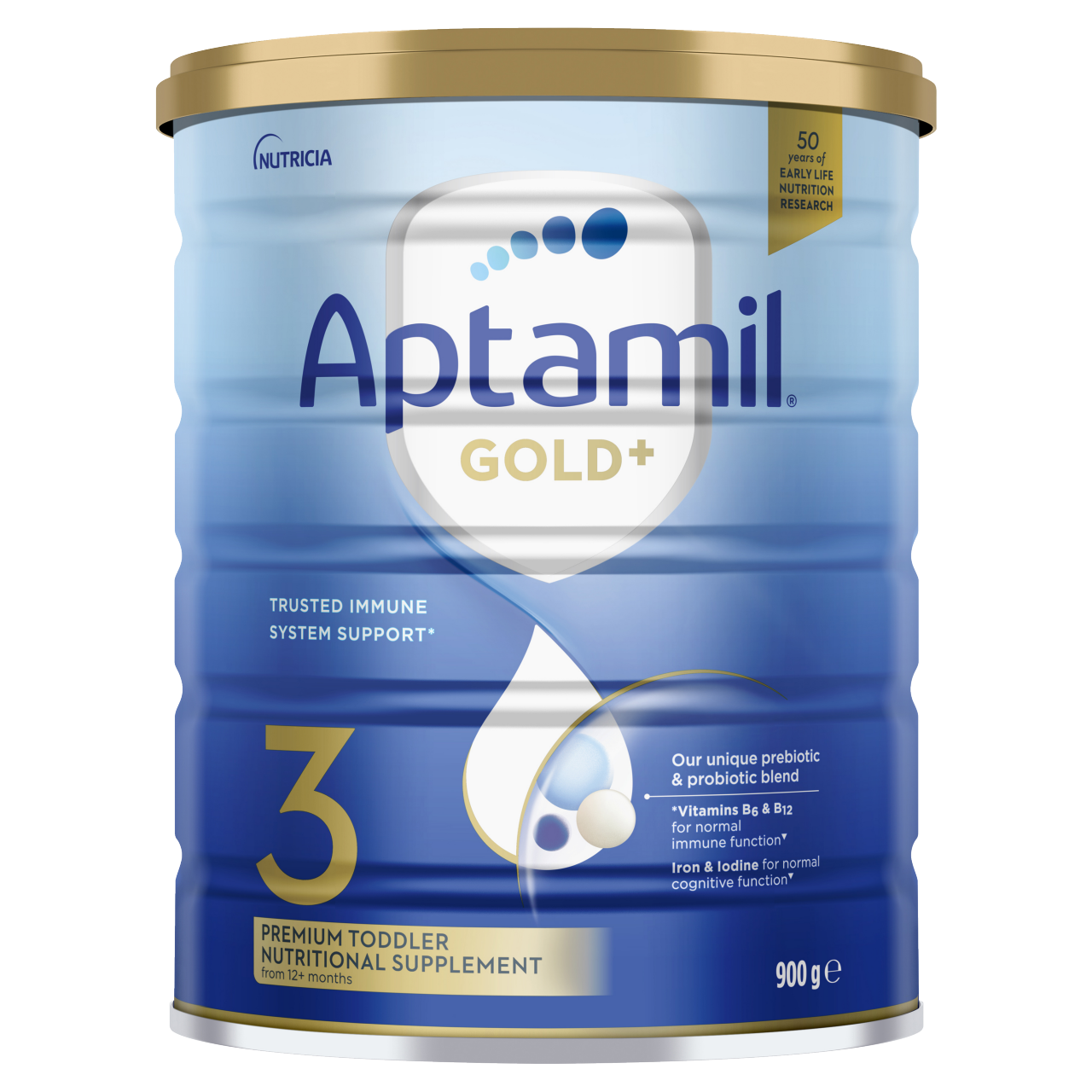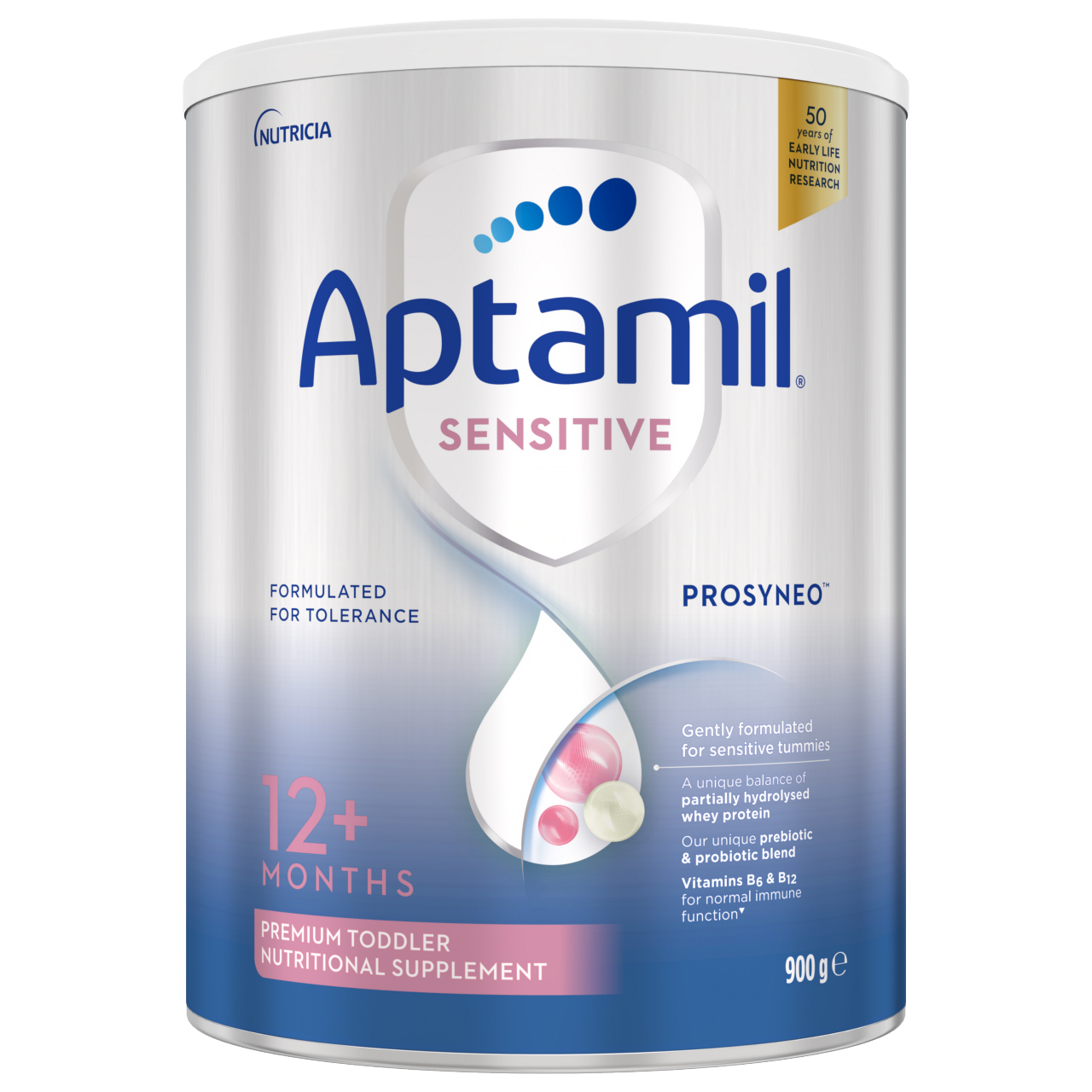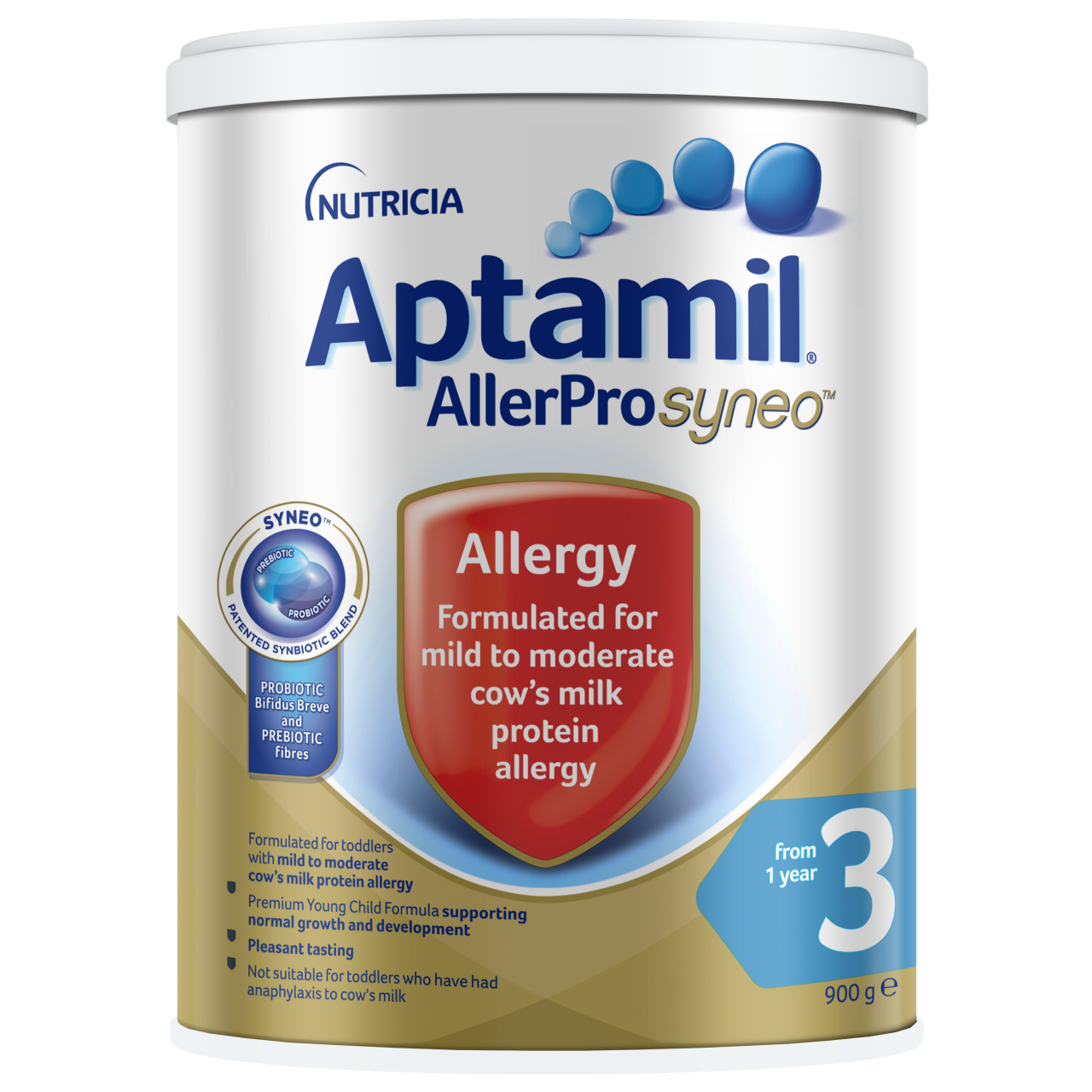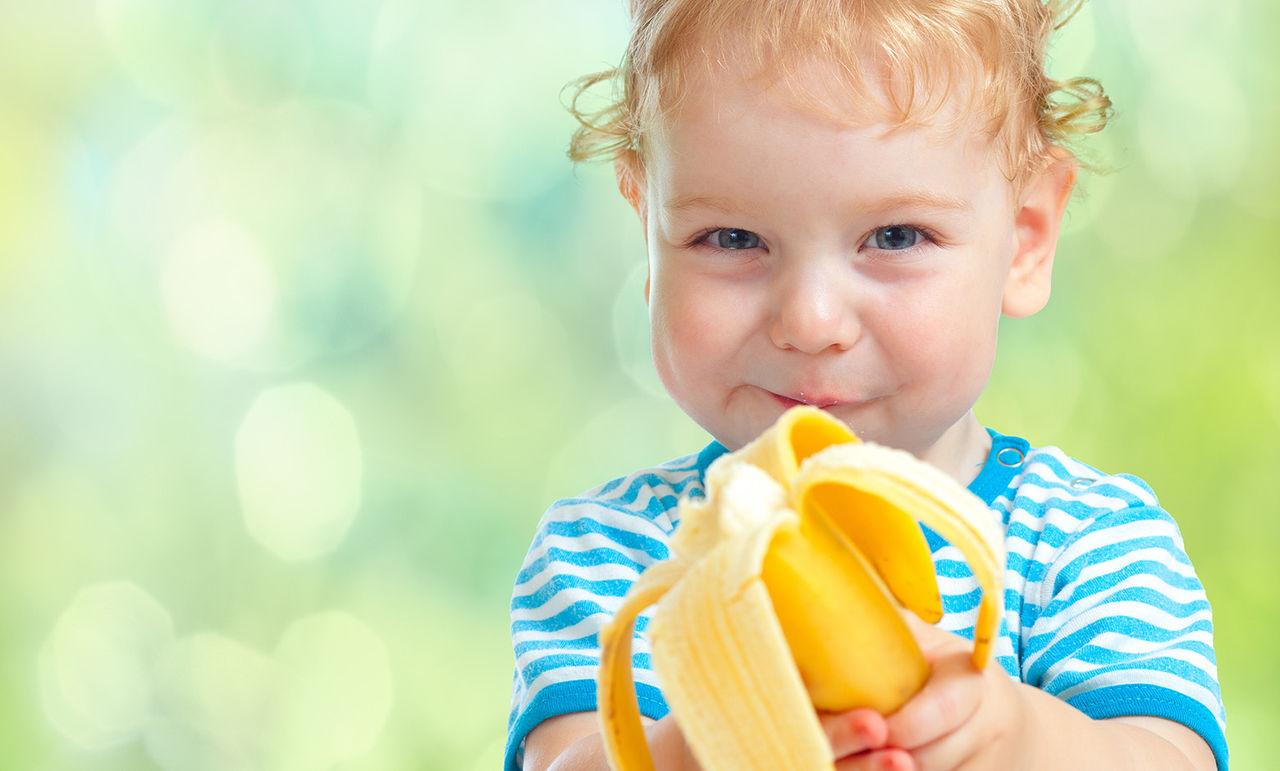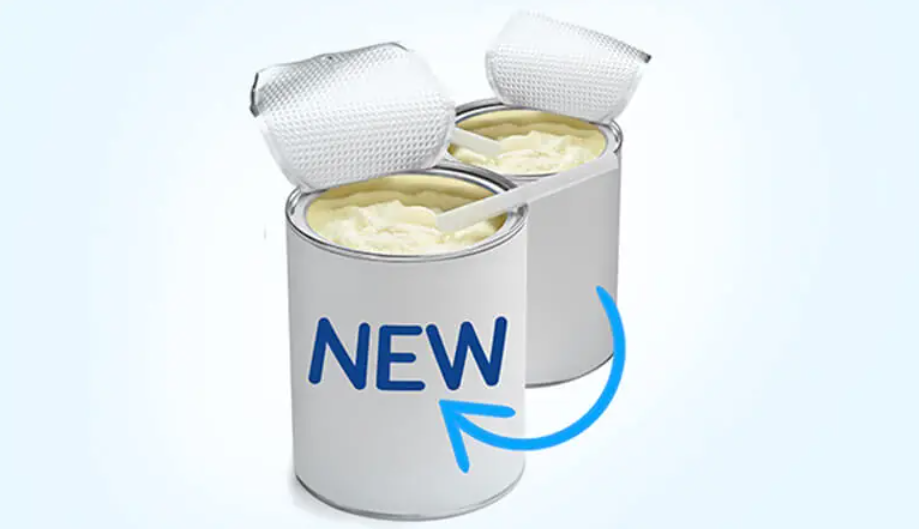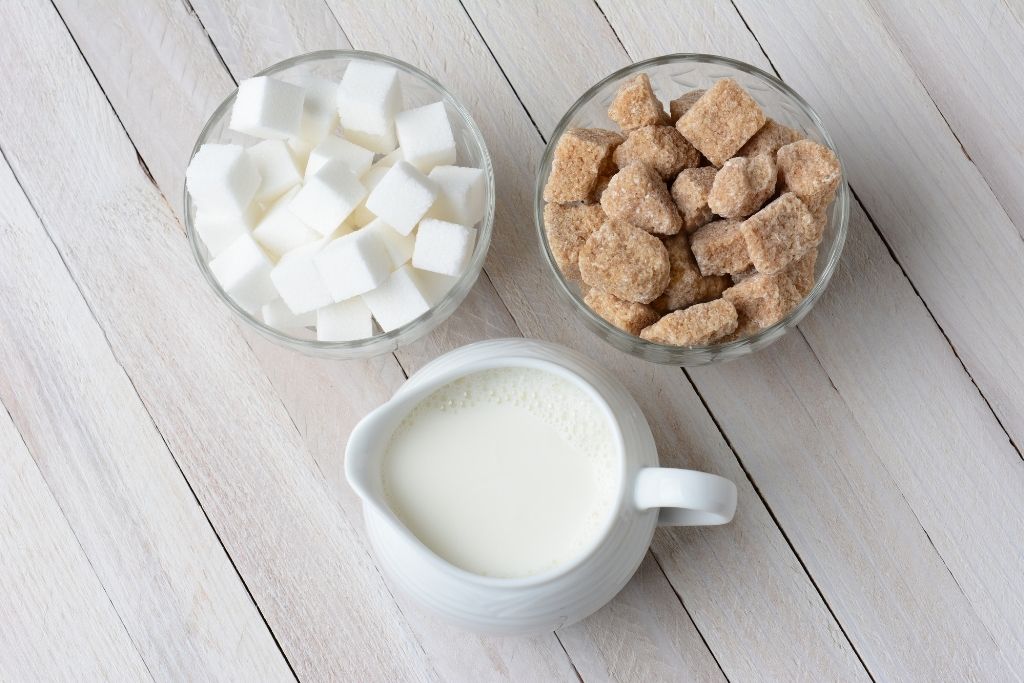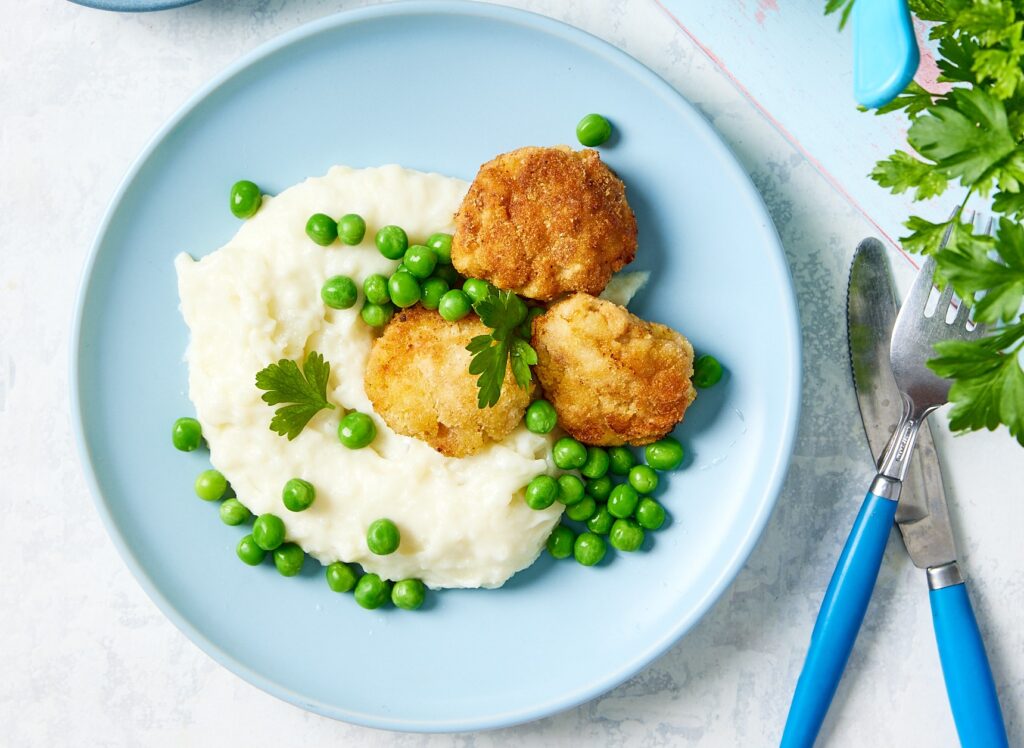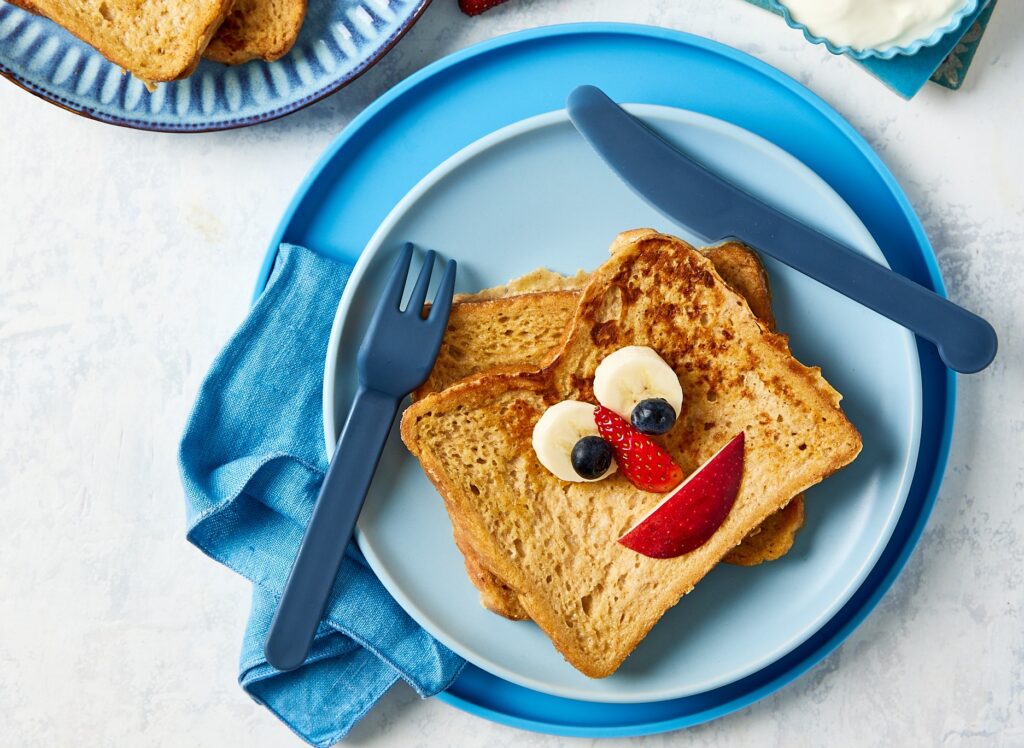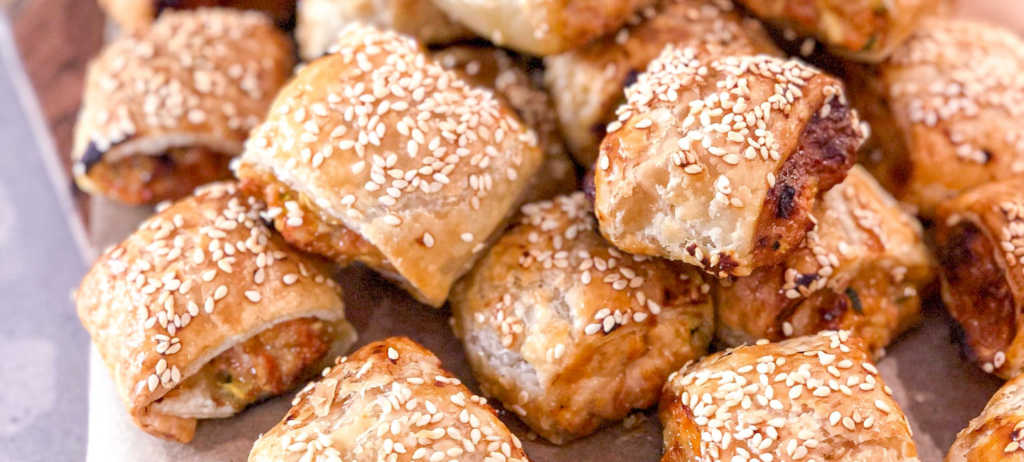Why Aptamil® Toddler?
Over 50 years of advanced research and expertise in immunity and gut health to develop pioneering products backed by science.
Aptamil® Toddler contains 8 immunity ingredients; zinc, iron, iodine, vitamins A, B6, B12, C & D* to support their immune system function.
Digestive Function: Contains calcium which contributes to the function of digestive enzymes.*
*When prepared as directed and consumed as part of a healthy varied diet.
BABY & TODDLER MILKS
Premium nutrition for your little one
reviews
The great things parents say about Aptamil® Toddler
Aptaclub RECOMMENDED Articles
Get the latest parenting tips from our experts
Fussy Eater Recipes
It can be tough to find healthy recipes to please your picky eater. These tasty meals, snacks and treats come with the goodness of AptaGrow and are sure to be a hit with your child.

Get in touch with our Careline experts
When your little one is unhappy or unwell you want reliable support from a trusted source. Our Careline team of nutritionists, dietitians and midwives specialise in infant and child health, offering free nutrition, feeding and product information.
Every feeding journey is unique
Not every parent can produce breast milk. No matter what choice you make, we will support your unique feeding journey.
We at Nutricia believe in providing the best nutrition for babies, which is why we recognise breast milk is uniquely superior for babies as it provides many benefits. It is important that mums have a healthy diet to support breastfeeding. A decision not to breastfeed, or partial bottle feed, may reduce breast milk supply making it difficult to reverse. The cost and social implications of using feeding methods should be considered. Always seek professional advice about feeding your baby. Ensure formula is used as directed as improper use can affect baby’s health.

